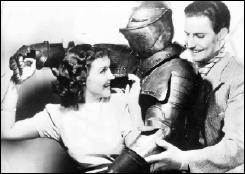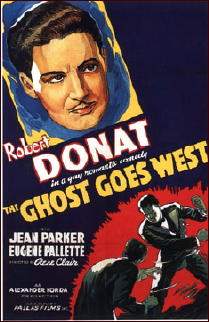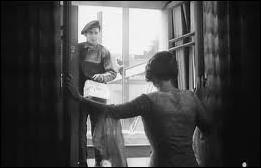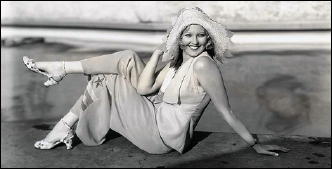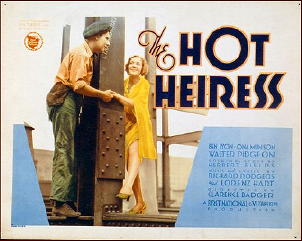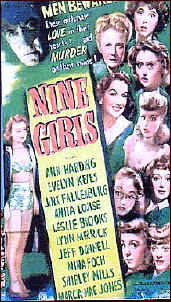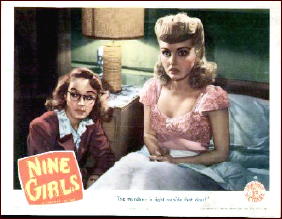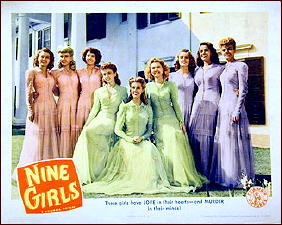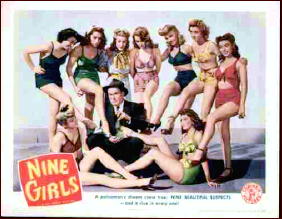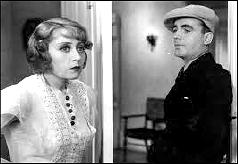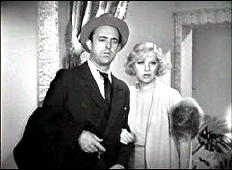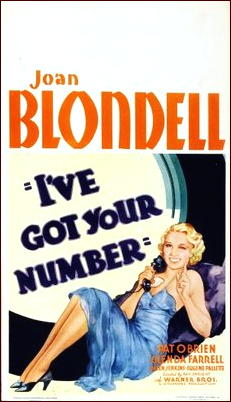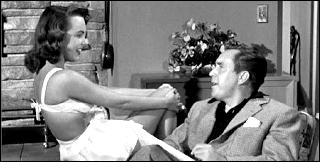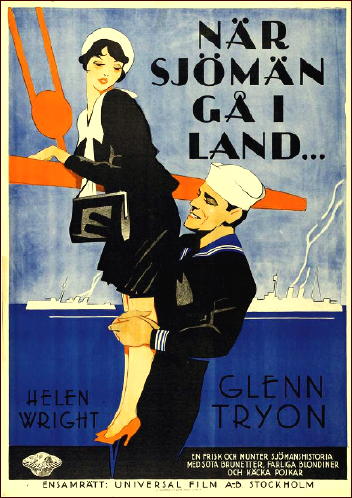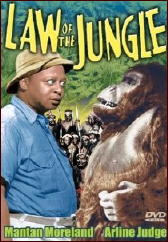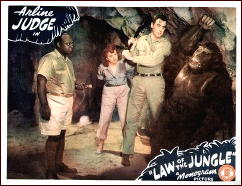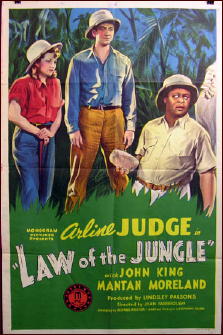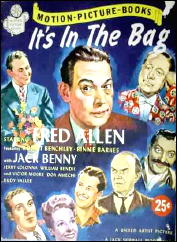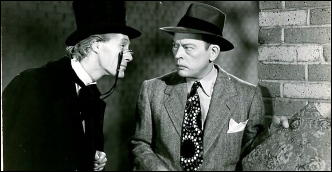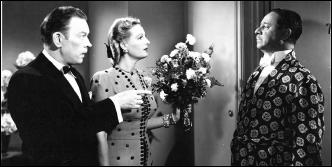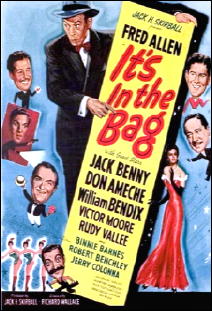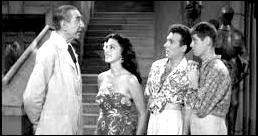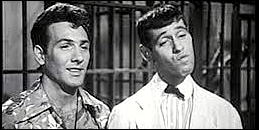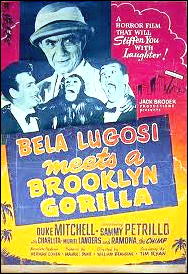A THREE STOOGES Movie Review by MIKE TOONEY:
“Punchy Cowpunchers” (1950). A Three Stooges short. Running time: 17 minutes. Shemp Howard, Larry Fine, Moe Howard, Jock O’Mahoney (Elmer), Christine McIntyre (Nell), Kenneth MacDonald (Dillon), Dick Wessel (Mullins), Vernon Dent (Colonel), Emil Sitka (Daley), George Chesebro (Jeff, uncredited). Written and directed by Edward Bernds.
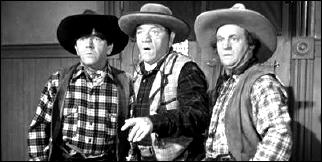
The Three Stooges are definitely not for all tastes, so if you don’t like slapstick comedy just skip this review.
“Punchy Cowpunchers†spoofs just about every cliche hitherto found in Western films: the outlaw gang looting the town; the stalwart, jut-jawed, guitar-playing, “aw shucks!” hero; the virginal love interest for the hero; and the U.S. Cavalry ready to ride in on a moment’s notice and save the day.
Only the outlaws (“The Killer Dillons”) aren’t too bright — and neither is our hero (Elmer), a total klutz who can’t stay on his horse, constantly collides with objects and people (“I hurt mah knee agin”), forgets to load his guns (and when he does remember can’t shoot straight), and, let’s face it, doesn’t play his “geetar” very well.
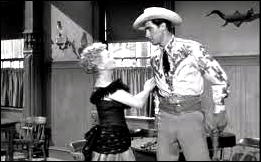
As for his “gal” (“Nell honey”), she’s far from being the “poor, defenseless woman” she claims to be. When one gang member after another tries to kidnap her (for nefarious purposes, no doubt), she decks them all and then each time demurely passes out — but not until she’s found something soft to land on.
And forget the cavalry — they just got paid, and as the colonel says, “Well, you know, boys will be boys.”
“Punchy Cowpunchers†takes the best of Stooges slapstick and distills it into less than twenty minutes of fast-paced nonsense. The only other short feature I really liked from these guys was “Dutiful But Dumb” (1941), a political satire featuring Curly’s epic battle with his supper, a bowl of chowder inhabited by a very rude clam (a masterpiece of timing and film editing).
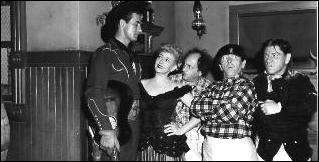
The klutzy “hero” was played by Jock Mahoney (1919-89), a former stunt man double for Errol Flynn, Gregory Peck, and John Wayne. Mahoney went on to appear many times in films and TV, including 77 episodes of The Range Rider (1951-53), 34 episodes as Yancy Derringer (1958-59), and several appearances in Tarzan films, sometimes as the villain and sometimes as the vine swinger himself. For a more intellectual Mahoney, see the sci-fi snoozer The Land Unknown (1957).
“Nell honey” was played by Christine McIntyre (1911-84), who possessed an operatic-level singing voice (not employed in “Punchy Cowpunchersâ€). She spent most of her film career working in short features, many of them with The Three Stooges. She even appeared several times in Mahoney’s Western series, The Range Rider.
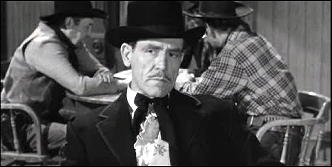
Kenneth MacDonald (1901-72) frequently showed up in Stooges shorts as a bad guy. He went on to play the judge 32 times in the Perry Mason series, starting with the second show and finishing up with the very last episode.
Mention should also be made of George Chesebro (1888-1959), whose film career started in 1915. Chesebro often appeared as a henchman (usually the third one through the door) or a cop. The IMDb credits him with over 400 titles.
You can watch “Punchy Cowpunchers“ in two segments on YouTube: Part 1 here and Part 2 here.
